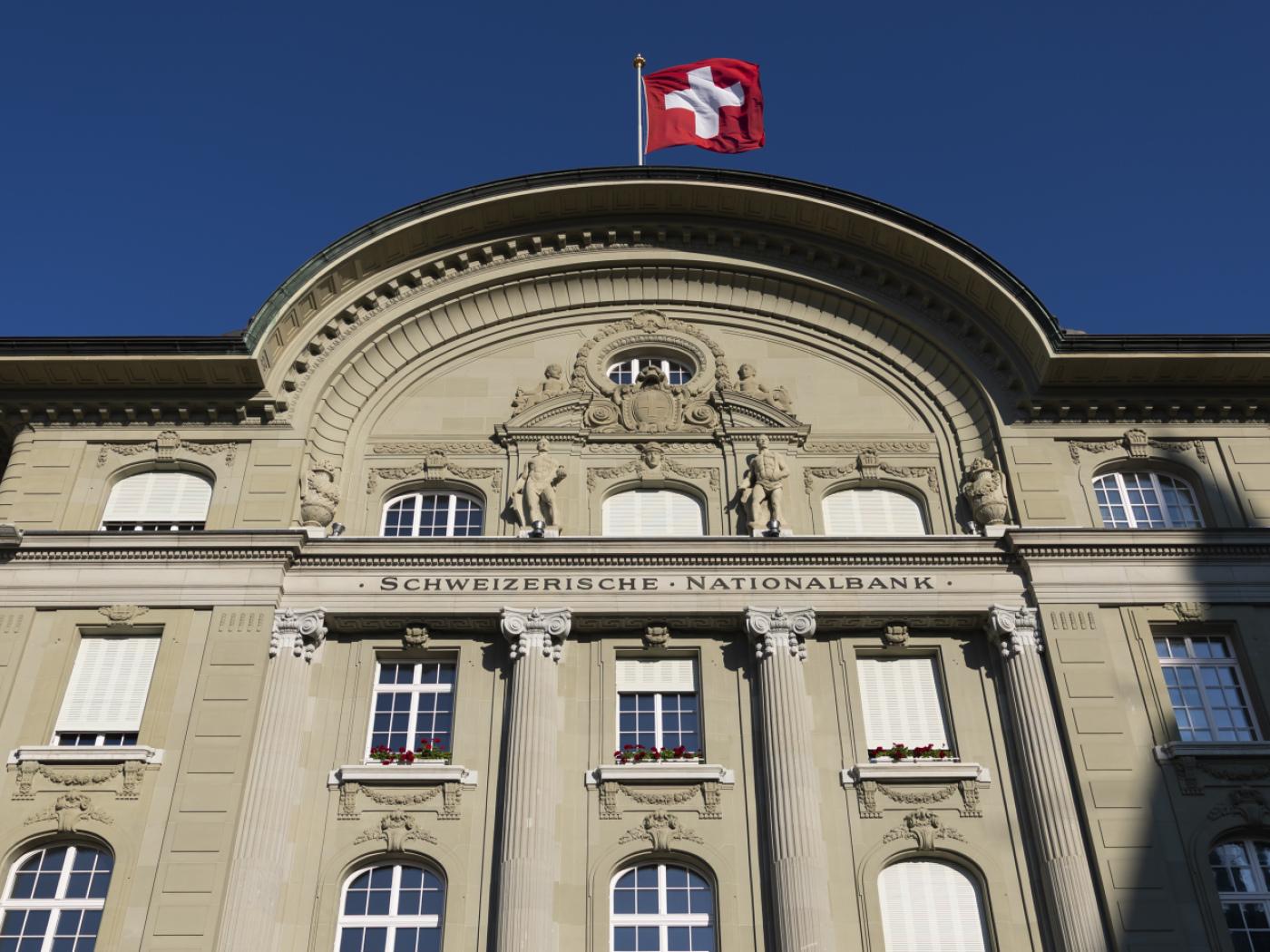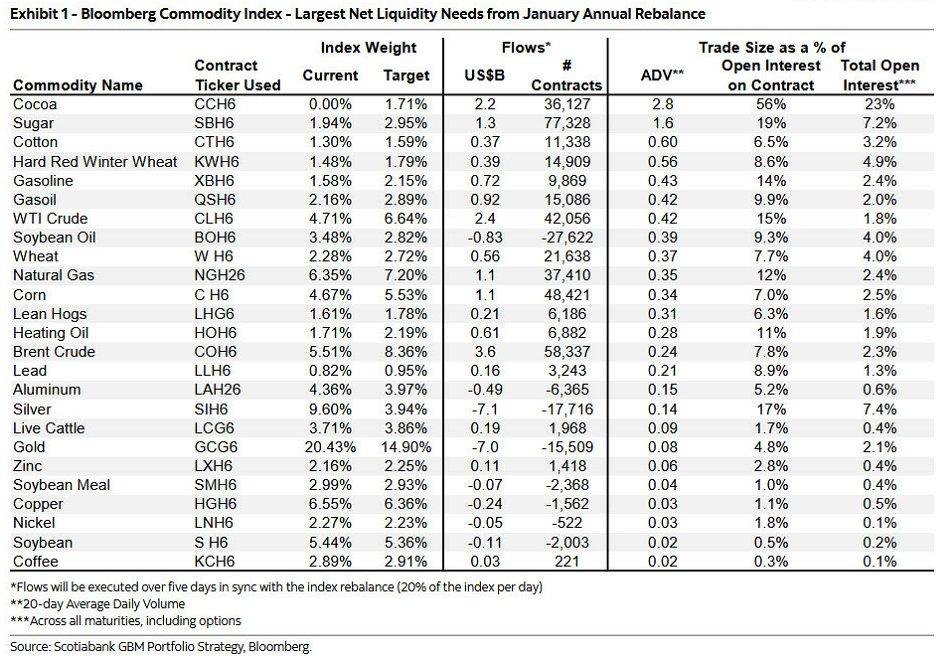Overview: The dollar is trading heavily against the G10 currencies and most of the currencies from emerging markets. The market expects softer US CPI (and retail sales) today. Any decline in the year-over-year core rate would put it at its lowest level since April 2021. Still, this has been anticipated, and the market seems vulnerable to "sell the rumor, buy the fact" type of activity. After all, the Fed will see another employment and CPI report before the June 12 meeting. Moreover, comments by Fed officials have encouraged the market to push out the first cut to September (~85%) and about an 80% chance of a second cut before the end of the year. Of course, the dollar would likely rally on an unexpected increase in CPI too.
US interest rates are softer today. The two- and 10-year Treasury yields have eased in three of the four sessions before today. Near 4.42%, the US 10-year yield is at its lowest level since April 10, the day that March CPI was reported. European benchmark 10-year yields are 5-7 bp lower today. That leaves peripheral benchmark yields lower over the past three months, while German and French yields are up a dozen basis points. Equities are mostly firmer today. China, Hong Kong, and India are the main exceptions from the Asia Pacific region. Europe's Stoxx 600 is extending its advance for the ninth consecutive session, while US index futures are little changed. Softer yields and a weaker dollar have lifted gold to a new high for the week near $2375. June WTI has steadied after falling 1.4% yesterday. It is nearly flat on the week near $78.25. July copper is extending its rally to new record levels. It is up 3% today after a 2.7% rally yesterday. It has not fallen since last Wednesday.
Asia Pacific
The Biden administration estimates that the various tariffs announced yesterday would impact around $18 bln of imports. Last year, the US imported almost $450 bln of goods from China, and total goods imports were around $3.1 trillion. Many media accounts accept at face value that the goal is to boost domestic manufacturing in critical industries. On the contrary, there are good reasons to suspect the tariffs are more show than substance. They are more targeted than the 60% across-the-board tariffs that Trump has floated. Still, the quadrupling of tariffs on electric vehicles, for which the US hardly imports any from China directly, is unlikely to boost US domestic production or US inflation. Separately, as widely expected, the PBOC left is benchmark one-year Medium Term Lending Facility rate unchanged at 2.50% and replaced the maturing CNY100 bln of loans with CNY125 bln. Japan reports Q1 GDP first thing tomorrow and a small contraction is expected, from which it already appears to be recovering. Australia reported wages rose by 0.8% in Q1 for a 4.1% year-over-year pace from 4.2%. It is the first easing since late 2020. Tomorrow, Australia reports April employment data. A net gain of jobs is expected after a loss of 6.6k in March. However, full-time jobs rose nearly 28k and that may not be repeated. The unemployment rate is expected to tick up to 3.9% (from 3.8%). It was at 3.7% last April.
The one-way market in the yen was threatening again. The dollar rose in six of the past seven sessions coming into today. Over that seven-day span, the US 10-year yield has slipped a net of five basis points. The dollar traded quietly in Asia before breaking down in early European turnover. Selling accelerated when JPY156 was yield, perhaps related to the expiration today of $1.25 bln options struck there. The greenback fell to about JPY155.60, a near the week's low set on Monday closer to JPY155.50, before steadying. The intraday momentum indicators are stretched. The Australian dollar is in the upper end of its recent range. It is testing the hurdle around $0.6650, which it has not closed above since mid-January. The momentum indicators are getting stretched (after the 3-cent rally in the past month). Be careful of a false break. Initial support is seen in the $0.6620-30 area. The PBOC set the dollar's reference rate at CNY7.1049 (CNY7.1053 yesterday). The average in Bloomberg's survey was CNY7.2274 (CNY7.2309 yesterday). The yuan is strengthening today for the first time in four sessions. The greenback has been sold from CNH7.2465 yesterday to CNH7.2173 today. A break of CNH7.2150 could spur a move toward CNH7.2060.
Europe
Today's eurozone data is old news. Growth in Q1 was confirmed at 0.3% and more details were made available. Consumption was little changed from Q4 23 (0.6%), but government spending increased (1.7% vs. 1.2%) but gross fixed investment slowed (0.6% vs. 15%). The contraction in exports and imports moderated. Industrial output rose by 0.6% in March after the 0.8% gain in February was revised to 1.0%. It recouped half of January's 3.2% decline. Sweden, which became the second G10 country to cut interest rates last week, reported April CPI figures earlier today. The headline rate slowed to 3.9% from 4.1%, but the underlying rate quickened to 2.3% from 2.2%. Still, the swaps market prices a little more than an 80% chance of a cut at the August 20 meeting. The Riksbank meets on June 27 and market has about a 30% chance of a cut discounted. The minutes from the recent meeting point to two more cuts this year.
The euro reached $1.0825 in North America yesterday, its best level in a month. It managed to settle above $1.08 and the 200-day moving average for the first time since April 9. The $1.0835 area, which it has tested today, represents the (61.8%) retracement of the euro's loss since the March 8 high (~$1.0980) and $1.0870 is the halfway mark from the high set at the end of last year (~$1.1140) and the mid-April low of the year (~$1.06). Sterling posted a bullish outside up day, trading on both sides of Monday's range and settling above Monday's high. It approached but remained below $1.26, which is the halfway point of its decline from the year's high on March 8 (~$1.2895). Follow-through buying today lifted sterling to almost $1.2620. Some buying may be related to the GBP560 mln $1.26 options that expire there tomorrow. The next retracement target is near $1.2665, and last month's highs were set slightly above $1.27.
America
US April CPI and retail sales are keys for market psychology, though before the Fed meets next month it will see the PCE deflator, which it targets, and the May employment and CPI. Still, expectations for a June hike are de minimis, though as recently as early February, the futures market had two cuts discounted. Now nearly 80% chance of a cut in September and about a 66% chance of a second cut this year. We think the US economy has lost some momentum after the strong final sales to domestic private parties in Q1 24 (strips away trade, inventory, and government spending). It is still early in the Q2 data cycle to put much weight on the Atlanta Fed's GDP tracker, which will be updated after today's data. If our suspicions are right, we need to see confirmation in consumption. Retail sales accounts for around 30%-40% of US consumption. We know that headline retail sales will likely be lifted by the stronger auto sales, but slowing consumption will likely see be evident. Excluding autos, the median forecast in Bloomberg's survey looks for a 0.2% increase (1.1% in March) and the core measure (excludes autos, gasoline, building materials, and food services) is seen slowing to 0.1% from 1.1%. Canada reports housing starts and existing home sales but will be overshadow by the US data. The market will be more sensitive to next Tuesdays Canadian CPI report.
The US dollar tested last week's low against the Canadian dollar (~CAD1.3635) before stalling yesterday, but the greenback's heavier today has seen it extend the move to CAD1.3625 today. The month's low was set on May 3 near CAD1.3610. Although the greenback recovered yesterday, it spent little time above Monday's low (~CAD1.3660). These past three sessions forged a cap in front of CAD1.3700. Today's high was near CAD1.3655. The Mexican peso traded heavily yesterday and posted its first back-to-back decline in two-and-a-half weeks. It is flat today. Leaving aside Argentina, the other major LATAM currencies gained on the US dollar yesterday. Some attributed the peso's underperformance to ideas the Banxico will cut rates before the Fed again. That may be likely, but its overnight rate is 11%, higher than most in the region, and others in the region will likely cut rates again too. We suspect it was more about positioning and the US dollar's downside momentum stalled on Monday. Last week's dollar high was near MXN17.0350. Yesterday's high was about MXN16.8780. Argentina cut rates for the sixth time this year (40% from over 100% at the end of 2023) following news that April CPI rose 8.8% month-over--month after 11% in March. In Brazil, President Lula fired the head of Petrobras following a dispute over dividends.
Tags: #USD,Australia,Canada,China,CPI,Currency Movement,EMU,Featured,Japan,newsletter,Sweden,tariffs,US


























